Channelling the vibrancy and wilderness of Mexico’s dense forests and the scantiness felt in its arid deserts, contemporary artists and designers from the province and beyond build a retinue of innovative creations. Mexico’s energy is such that it overflows beyond borders and beyond conventional creative boundaries. In alternating appearances, designs that are mused from Mexico offer a glimpse into the dichotomy that pervades Mexican culture and being. Sometimes they take the form of saturated objects, while at other times they take the form of subtle and minimalist creations.
STIR brings to focus the Best of 2022 from and for Mexico.
Wood Fauna by Mestiz
Mexico-based design studio Mestiz, helmed by architect and designer Daniel Valero, crafted a collection of vibrantly coloured furniture Wood Fauna, inspired by the motifs and elements of Novohispanic Baroque style. The pieces, abstracted from the sculptures of wild creatures, as sculpted by expert craftsmen on building facades and interiors in the 16th and 17th-century, also bear references to the rich flora and fauna that populates Mexico’s forests. Made up of tables, a bench, and a musical instrument, all of which are built using traditional wood carving techniques dating back to the 17th and 18th-century, the collection evokes the vigour and vitality associated with the natural and cultural landscape of the country. The furniture collection, hence, serves as an ode to Mexican culture and heritage. While the inspiration behind the pieces is traditional, the final designs fit well under the bracket of contemporary design. They mirror the characteristic usage of bright colours in Mexican art and design, while also bearing semblance to the pixelated artefacts—both digital and physical—popular in the form of collectable design.
The Original by Daniel Orozco Estudio
Daniel Orozco Estudio, an interior design and product design studio that works across spaces and with objects to build custom designs, all with a focus on collaborating with local artisans and craftspeople as well as ensuring sustainability through socially responsible creative approach, unveiled a collection of 20 furniture and lighting pieces this year. The idea behind their latest furniture design venture was simple—letting the collective imagination run wild. The result is an array of stools, lamps, tables, and sculptural art built out of wood by the design studio in close collaboration with expert artists and craftsmen. The pieces, characterised by their analogous circular form, represent the power of configuring ordinary elements and motifs to create something unusual.
Gravita by Andrés Sáenz and José Alvarez
Inching away from the distinguishable Mexican aesthetic, Andrés Sáenz and José Alvarez of multidisciplinary design studio Andrés & José designed Gravita, a lighting design experiment that is adaptable. The components of the lamp, built by the Mexican designers, are configured to mimic the visage of minimalist sculptures. Since the individual pieces of the lamp hang with the help of sleek tubular steel tensioning cables—which are held in place by screws and joints—they can be rotated and spun, and hence patterned differently, to reflect a change in mood. The arm and the rotating ring are capable of oscillating a complete 360 degrees—further enhance the lamp’s flexibility. Balancing the sleek and clean features of the lamp are natural stones acquired from Yucatan and Calcehtok and finished by hand to complete the lighting object.
Disonancia Domesitica by delaO Design Studio
Disonancia Domesitica, a project by Mexico City-based design practice delaO design studio, is a collection of four objects that were created in the process of understanding and acknowledging the dynamic experiences that come from belonging to mixed races or living in mixed societies and cultures, an existence aptly termed as ‘being a mestizo’. José de la O of delaO Design Studio understands the cognitive dissonance that emerges from existing in such an environment, where one belongs to various cultures and associates with various identities at the same time. This dual conception of human states serves as the guiding theme in shaping the Ahorita Clock, Mentira Lock, Hubiera Display, and Gandalla Speaker that make up the collection.
The designers picked up everyday electric and electronic household appliances that are, by definition, supposed to use electricity and batteries in order to work. Electricity here embodies the promise of progress for Mexicans, a promise that was supposed to arrive post-colonialism but never fully materialised, so the Mexicans remain in a state of constant anticipation. The Mexican design studio attempts to imbue these technologically advanced objects with a Mexican aesthetic by infusing bold colours and patterns onto otherwise minimalist features, thereby reclaiming power, at least in essence. The Ahorita Clock presents an opportunity to reinterpret the passing of time, as desired and as needed, extending it at times and shortening it at others. The De Mentira Lock, on the other hand, is deceptive and visually intimidating, with four buttons on its surface. Its mechanism, however, is simple. The Gandalla Speaker is a portable appliance, enabling one to carry their music wherever they desire and, hence, expanding their personal space beyond designated domestic walls. Lastly, the Hubiera Display, which translates to ‘would have’, invites the Mexicans to fantasise about a world that could have been if the Mexican peso had not been devalued in the 1990s.
Horacio Warpola’s installation at Mexico Design Fair 2022
Horacio Warpola’s large-scale installation at Mexico Design Fair 2022 was the first digital art piece ever displayed at the contemporary design event. Projected against the natural boulders and rocks on the Casa Naila beach in Mexico, the lighting installation provoked interaction. Warpola opted to make use of the large area and lovely surroundings that were granted to him when he was asked by the Mexico Design Fair to build a digital installation. He positioned his projections on the natural screens—the enormous stones and rocks that were pressed up against one another by the waves. Warpola made use of two generative softwares—Blender and Hydra—to produce a series of visuals. These visuals, accompanied by a light show resembling the thunderstorm washed the scenery in whites, reds, blues, and a few iridescent hues.
By including the existing architecture and landscape of the venue, the installation highlighted the scope of light as a key differentiator and as a credible material that can strongly influence and transform the experience of a space. While the waves struck away against the rocks and flowed over the sand, Warpola’s lumens did their work, becoming part of the geography and architecture of the beach, its historical surroundings, and the design fair. The installation produced optical illusions in the fair's natural surroundings while highlighting parts of the fair. In doing so, it paid homage to the digital art techniques that have recently gained momentum and global notice.
Tino’s White Horses by Ross Hansen
The stature of a style, a design aesthetic, or an artistic idea is best manifested through its influence on creatives hailing from other time periods, locations, nationalities, or collectives. The distinction of Mexican design amongst artists and designers from across the globe, can very well be gauged by its strong presence beyond its national boundaries. A similar foray into experimental art that borrowed references from Mexico is a collection of furniture pieces by American landscape and furniture designer Ross Hansen. The American designer's furniture was inspired by the arid scenery of Ojo Caliente in Taos County, New Mexico, and will be on display at the Los Angeles-based gallery Marta from June 25 to August 8, 2022. Legend has it that the hot springs of Ojo Caliente lead one into the underworld. Channelling these traditional tales and picking up references from the rocky, arid, and secluded landscape of Ojo Caliente, Hansen built chairs, partitions, tables, benches, baskets, and lamps. These pieces, crafted using pigmented epoxy resin, faux-leather upholstery, and sewn hemp fibreglass, appear like characters drawn from a desert landscape. They evoke the forms of succulents and palm trees while also bearing a resemblance to food items and the shadows of life and motion—both of which are scarce in the barren land—perhaps as tangible markers of hope.
Pyrotechnic tower by S-AR at Casa Naila
Mexican design studio S-AR installed a pyrotechnic firework tower at the Mexico Design Fair this year, in response to the fair’s intent of designing an experience and exploring the possibilities of fire, light, and festivity. The tower, built next to the Casa Naila beach in Mexico, was built in the form of a lighthouse, attracting attention from a distance. S-AR's pyrotechnic tower marked the end of the Mexican design event with a spectacular fireworks display. The structure was built out of four different materials: wood for the framework, metal for reinforcement, reed for holding fireworks inside the cubes, and aluminium paper for the fireworks' actual components. The tower aptly encapsulated the cultural significance of ‘cohetes’ or fireworks by creating the atmosphere of a joyous event by the sea. During the day, the tower stood as a stark contrast to the brilliant blue sky and the azure water.
Petra Table by Peca
Guadalajara-based design studio Peca created the Petra Table out of admiration for volcanic stone and inspiration from Mexico's volcanic terrain. The sculptural table, chiselled out of volcanic stone by skilled Mexican artisans, mimics the texture of cataclysmic surfaces. Three cylindrical monoliths that serve as metaphors for the earth's core support the rich and porous table top. The individual entities come together to create a sacred aura in the space they occupy. Peca, in the process of drawing design cues from and utilising Mexican volcanic stone to create the Petra Table, succeeds in creating a product that pays homage to both Mexico and the natural world.






 Sign in with email
Sign in with email


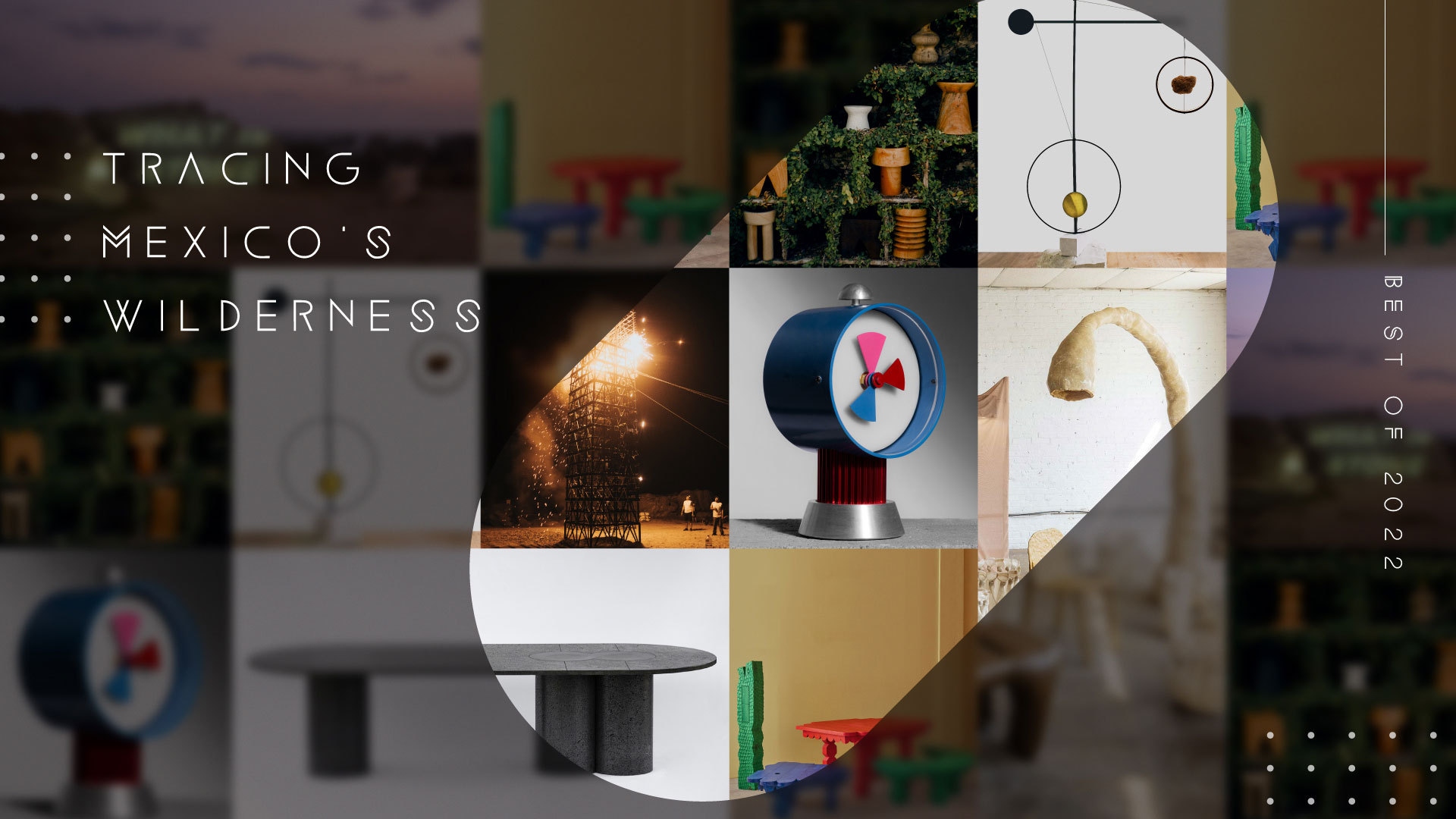
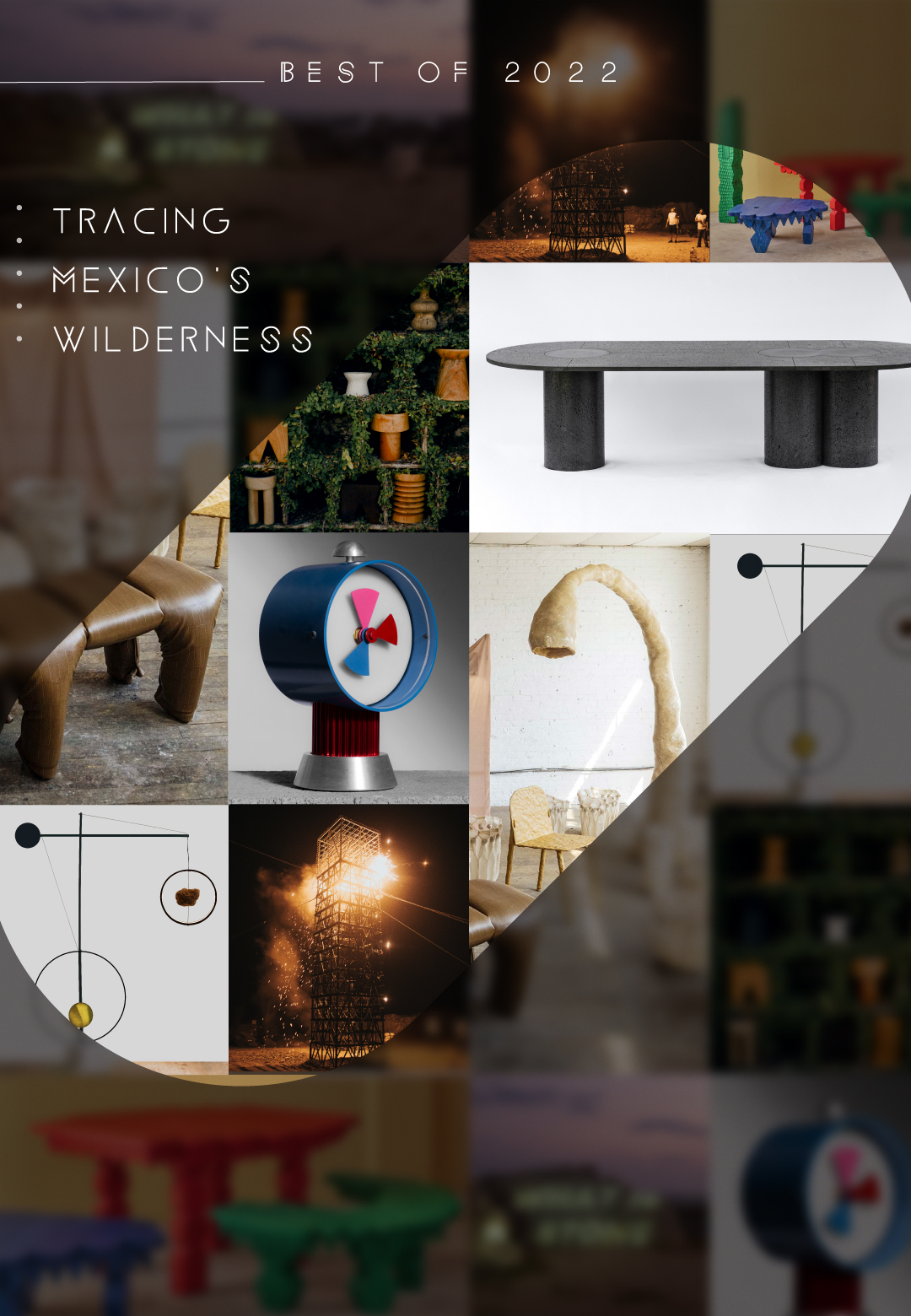
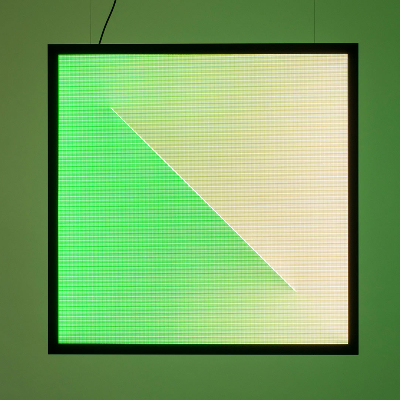
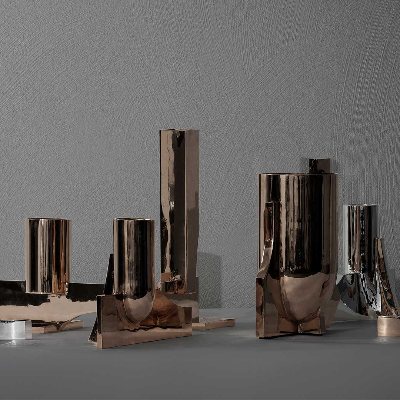
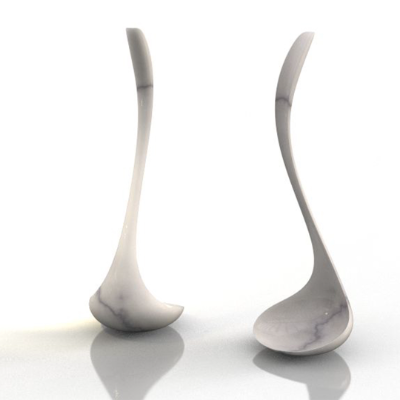
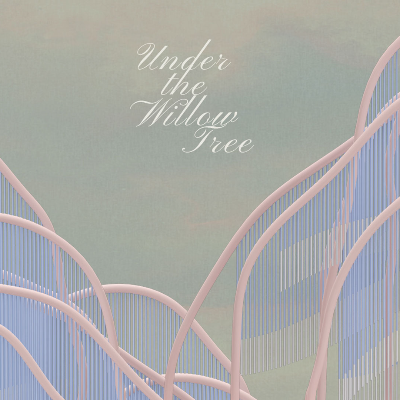
What do you think?